Nintendo is Playing Risky Games With Its Cultural Legacy
July 7th, 2017 by Benj EdwardsBy now, all of you have probably heard about Nintendo’s upcoming Super NES Classic Edition, which the firm announced on June 26. It’s a tiny HDMI-capable Super NES that plays 21 built-in games and will retail for $79.99 US. And it’s due for release on September 29, 2017.
It is also, quite possibly, intended to be a huge publicity stunt.
You guys may remember the absolute fiasco that was the NES Classic Edition — Nintendo’s miniature HDMI NES with built-in games. The NES Classic edition was announced on July 16, 2016 and launched on November 11th of that year for $59.99.
Of course, when November 11th, came around, shoppers snapped up the limited supply Nintendo produced within seconds on Amazon.com and at other retailers, leaving many thousands of NES fans frustrated and unable to ever buy the tiny wonder console for a reasonable price.
Yes, that included me. Scalpers on eBay turned around and immediately sold the NES Classic Edition for 200% the retail price, and today they go for around $200-$300 unopened on eBay. (I did eventually buy one on eBay for around $250.)
I’m tempted to ask: Will the Super NES Classic Edition suffer the same fate? But this isn’t the right question. The question should be: Is the launch and availability of this new product going to make a mockery of Nintendo’s cultural legacy?
Squandering Historical Opportunities
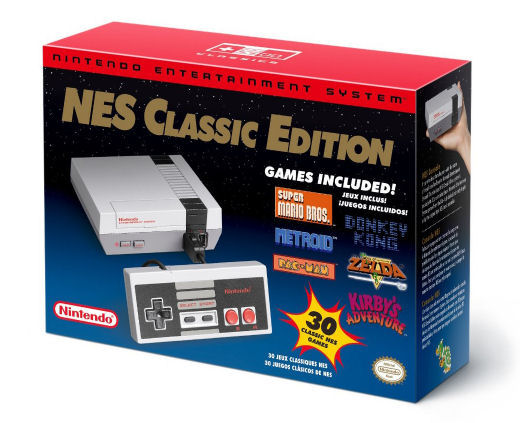 The fact that I could not personally get a NES Classic for $59.99 does not bother me nearly as much as how Nintendo executed the product’s launch.
The fact that I could not personally get a NES Classic for $59.99 does not bother me nearly as much as how Nintendo executed the product’s launch.
I keep asking myself, “How could Nintendo not expect such intense demand for the NES Classic?”
In my mind, there are two options: Nintendo either suffered myopic gross incompetence about the console’s cultural standing in America — which I find very disturbing from a historical perspective — or it engineered a deliberate PR strategy.
When Nintendo bafflingly discontinued the NES Classic this April, Nintendo of America’s President implied that they wanted to focus production capacity on the Switch. Nintendo also said that the NES Classic Edition “wasn’t intended to be an ongoing, long-term product.”
So my cynical side says that the NES Classic was mostly a corporate maneuver to generate good press and preserve stock price over a Christmas season when Nintendo’s Switch console was not ready yet. It would have looked very bad, press-wise, to sit through a holiday shopping season with a sluggish Wii U while your competitors got all the headlines. And so: publicity stunt time! The NES Classic generated tons of press attention.
But in addition, I do think there was a little incompetence involved. I suspect Nintendo may have been caught wildly off guard about how much its old products mean to people. And that misunderstanding of its cultural legacy is a dangerous thing when it comes to engineered shortages, because it can cause significant blowback.
Nintendo has a history of under-appreciating its past. For example, I wrote about its woes with the Wii U Virtual Console in 2013, and something else comes to mind. In 2007, I emailed Nintendo of America’s press department to ask for official press photos of their classics consoles. They sent me these:
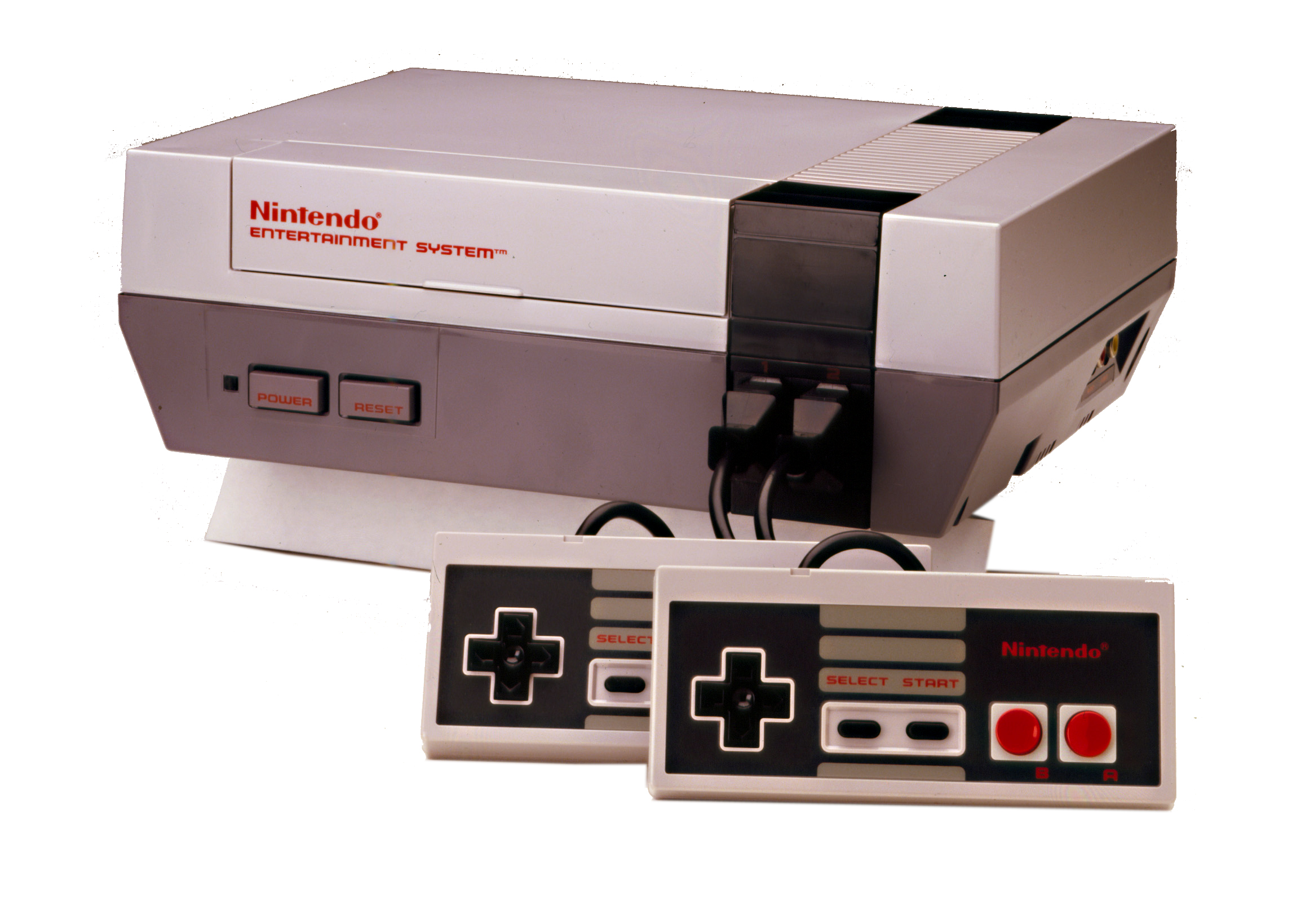 |
|  |
| 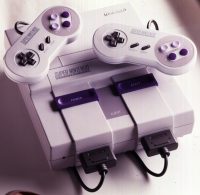
I received three terrible, unretouched photos with scratches, artifacts, and dust — one of them poorly lit and composed, and one of them missing chunks of the image from a Photoshop magic selection wand gone horribly wrong.
The image files date to 2003 and 2004 — I was assured by NOA’s PR department that these three photos represented all of the classic console imagery they had access to at the time. Could it be that these digital scraps were all that was left of one of the greatest cultural forces of the 20th century?
Were there no archives of old NES, Game Boy, and Super NES press or product photos available? Had they been valued so poorly that they were lost or misplaced? It took talented fans like Evan Amos to give the Internet better photos of Nintendo’s classic console. That’s great for Evan, whose work I cherish, but it’s horrible for Nintendo.
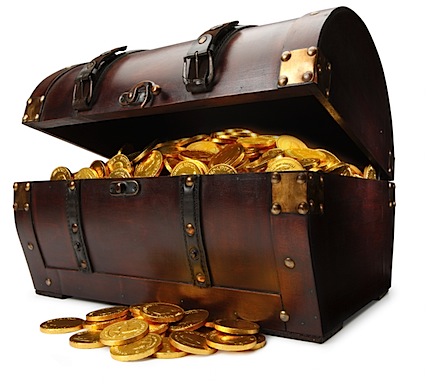 That was ten years ago, and I am hoping that Nintendo has found a few more of its old photos since then. But I find it a horrible shame that most video game companies are still so tone deaf and out of touch with their own histories.
That was ten years ago, and I am hoping that Nintendo has found a few more of its old photos since then. But I find it a horrible shame that most video game companies are still so tone deaf and out of touch with their own histories.
This is insanely frustrating to me, because the cultural value of video games is something I have been preaching since I started this blog in 2005: Video games are cultural treasures that need to be preserved and revered on the same level as any other cultural media. They are part of the raw ingredients that form our society and civilization.
This argument can sound so ridiculous from a layman’s perspective, because they’re just toys, right? They’re just games. They don’t mean anything. Well, I could write an entire article about why that perspective is wrong. In fact, I already have.
Just as your body is chemically composed of what you eat, your mind is composed of the culture you absorb growing up. We can understand profound things about a society if we can understand its formative cultural ingredients.
Nintendo is the Disney of video games, and its cultural properties are worth far more than dollars and share prices; its products have the potential to impact the future culture (and thus behavior) of entire nations. Moreover, its past products have already had that profound influence, and the generation that grew up with the NES and Super NES is changing the world — some are already coming into political power (see Canada).
 It’s bad form, financially and culturally, to play with the cultural treasures of an entire generation like they were pawns in a corporate chess game — as the NES Classic Edition fiasco recently illustrated. It’s time for Nintendo to start acting like the cultural pillar it is.
It’s bad form, financially and culturally, to play with the cultural treasures of an entire generation like they were pawns in a corporate chess game — as the NES Classic Edition fiasco recently illustrated. It’s time for Nintendo to start acting like the cultural pillar it is.
What does that mean, exactly? It means owning up to your place in culture, recognizing the historical importance of your IP and cherishing it like the works of Shakespeare or The Bible, because that is nearly what Nintendo’s foundational early games represent to the industry.
Nintendo needs its own historians and archivists on staff to steward this important history and, not only make sure it isn’t lost, but that these classic works are also presented appropriately and respectfully (I would be glad to help). And if they already have such staff, that staff needs a stronger voice.
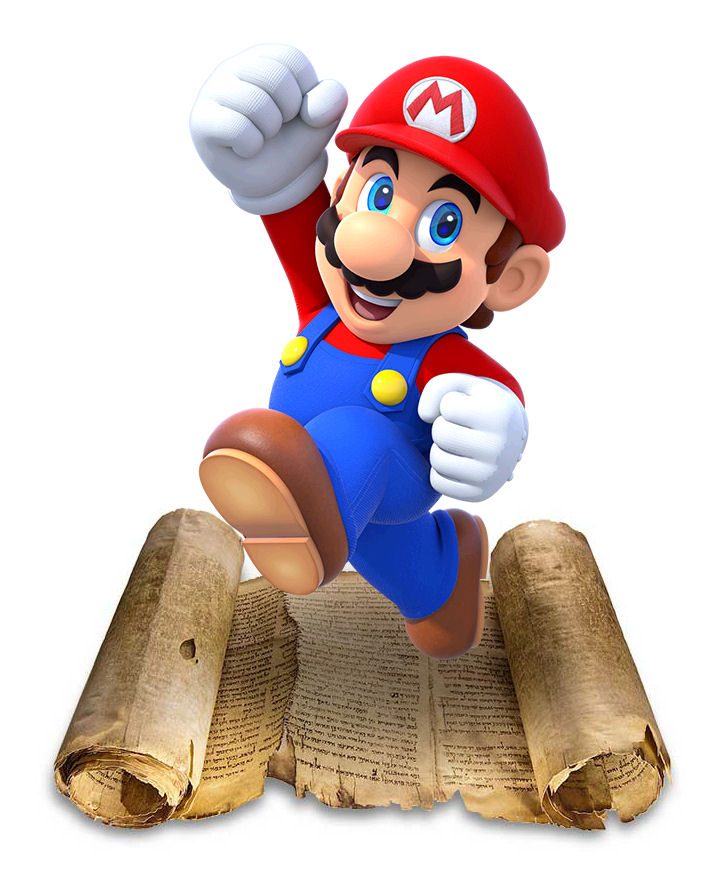 Nintendo could do wonders toward this goal (while making a ton of money) by publishing anthologies of its unreleased works and prototypes with commentary. Aside from being a lot of fun, historians and academics could examine them like they do the Dead Sea Scrolls against The Bible, comparing, say, Famicom prototypes to published versions of the games to see the techniques at work in the assembly of those products — and to give insights into the minds of their creators.
Nintendo could do wonders toward this goal (while making a ton of money) by publishing anthologies of its unreleased works and prototypes with commentary. Aside from being a lot of fun, historians and academics could examine them like they do the Dead Sea Scrolls against The Bible, comparing, say, Famicom prototypes to published versions of the games to see the techniques at work in the assembly of those products — and to give insights into the minds of their creators.
Fortunately, in terms of Shakespeare, we can easily analyze, transform, borrow from, and criticize that cultural resource because his works are now in the public domain. Nintendo’s games? Not so much. The firm’s apparent ignorance of its own place in history may yet be another argument in favor of shorter copyright terms for software, so that the cultural ingredients that literally made us who we are as people can legally belong to all of us within our lifetimes. Culture is released and it gets absorbed into the populace. It becomes greater than the sum of its copyrighted parts. It only makes sense to let people use the contents of their own personalities, shaped by Nintendo, to fully and legally express themselves.
In the mean time, it’s wonderful that Nintendo has the right to commercially exploit its properties how it sees fit. I just hope they do so with more respect for both their fans and their cultural standing in the future.
The Saga Continues
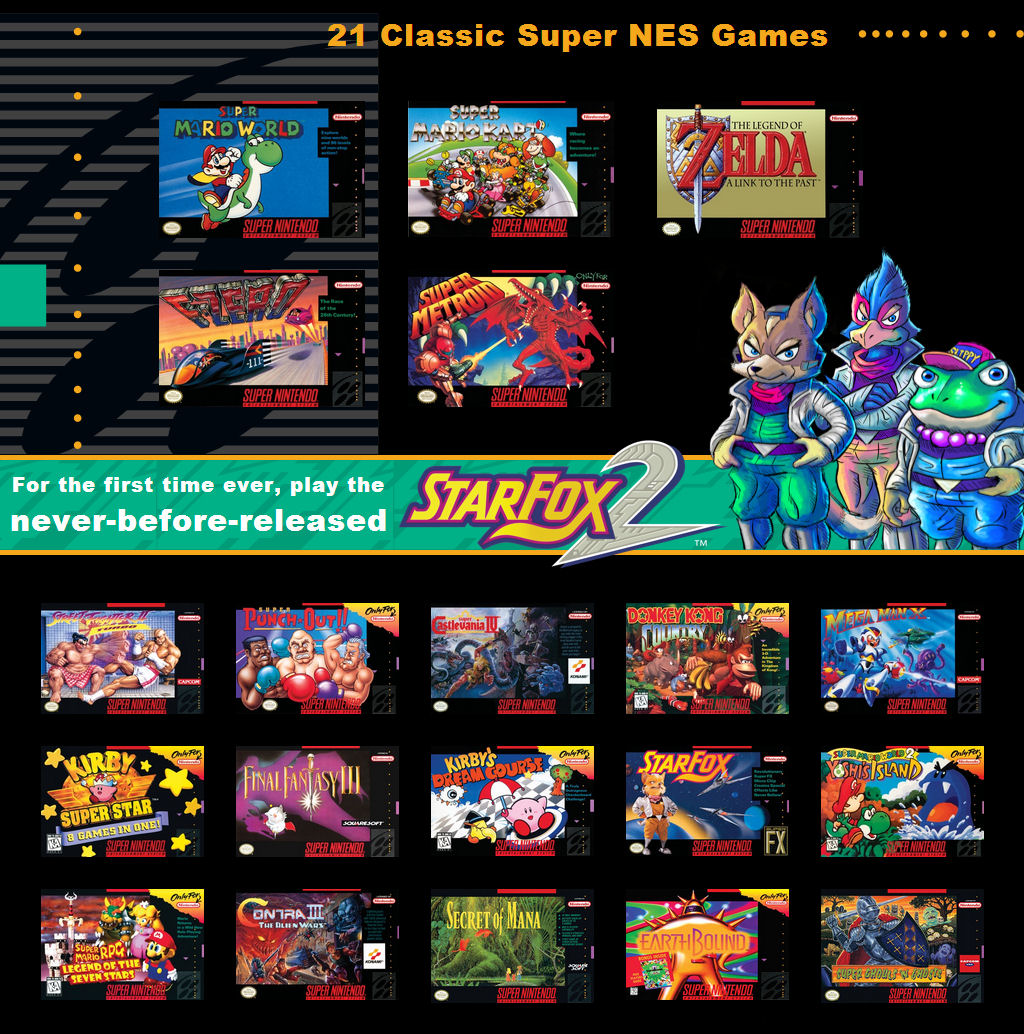 So that finally brings us back to the Super NES Classic, which, when it was announced a few weeks ago, generated a couple days worth of massive press scrutiny on Twitter, along with hand-wringing posts about a) whether it will be a repeat of the NES Classic, b) whether it’s worth it, and c) what the inclusion of the previously unreleased game Star Fox 2 actually means for Nintendo.
So that finally brings us back to the Super NES Classic, which, when it was announced a few weeks ago, generated a couple days worth of massive press scrutiny on Twitter, along with hand-wringing posts about a) whether it will be a repeat of the NES Classic, b) whether it’s worth it, and c) what the inclusion of the previously unreleased game Star Fox 2 actually means for Nintendo.
At the moment, Nintendo says that it will “produce significantly more units of Super NES Classic Edition” than they did the NES Classic Edition. But don’t be surprised if the Super NES Classic Edition is very hard to get when September 29 rolls around.
I would like to think that Nintendo has learned something from the NES Classic Edition, and that the Super NES Classic’s release will not squander good will among fans by playing hard-to-get.
I would like to think that Nintendo would move on from this Super NES product with other future throwback releases that are not mere PR ploys — products that pay reverence to the formative culture that now lives on in the hearts of millions around the world. At this point we can only wait and see.
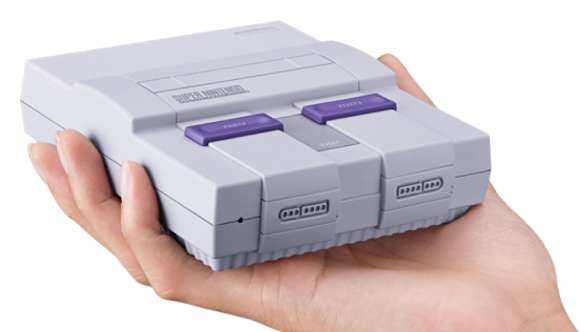





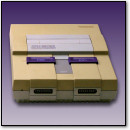
July 10th, 2017 at 9:28 am
I think your comparison to Disney is very apt. Disney was and continues to be a cultural touchstone to much of the world, despite huge shifts in management practices and products. They have seen violent swings between jealously guiding their prized IP or slapping Mickey on a mountain of cheap tchotchke to inflate their share price.
A differentiator between Nintendo and Disney seems to be Disney’s recognition of its diverse customer segments. They are able to charge a premium by reinforcing positive memories to parents and grandparents. At the same time they are producing content that is consumed by children from 0-18.
Contrast that with Nintendo, acting like all their customers need to be shoehorned together. Their offerings to retro gamers seems disingenuous at best.